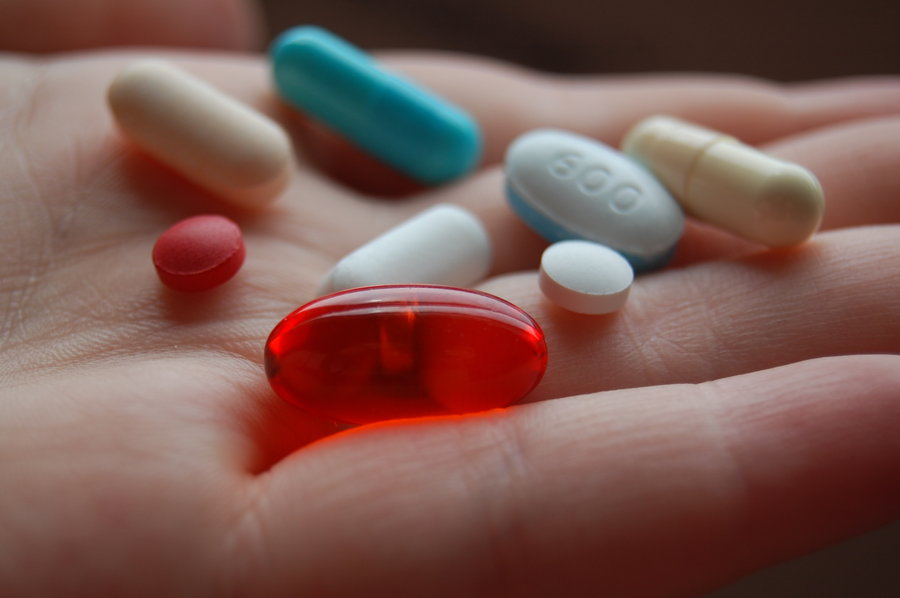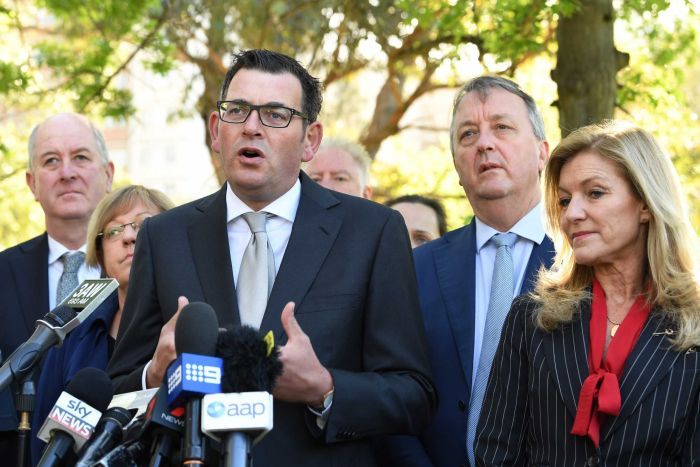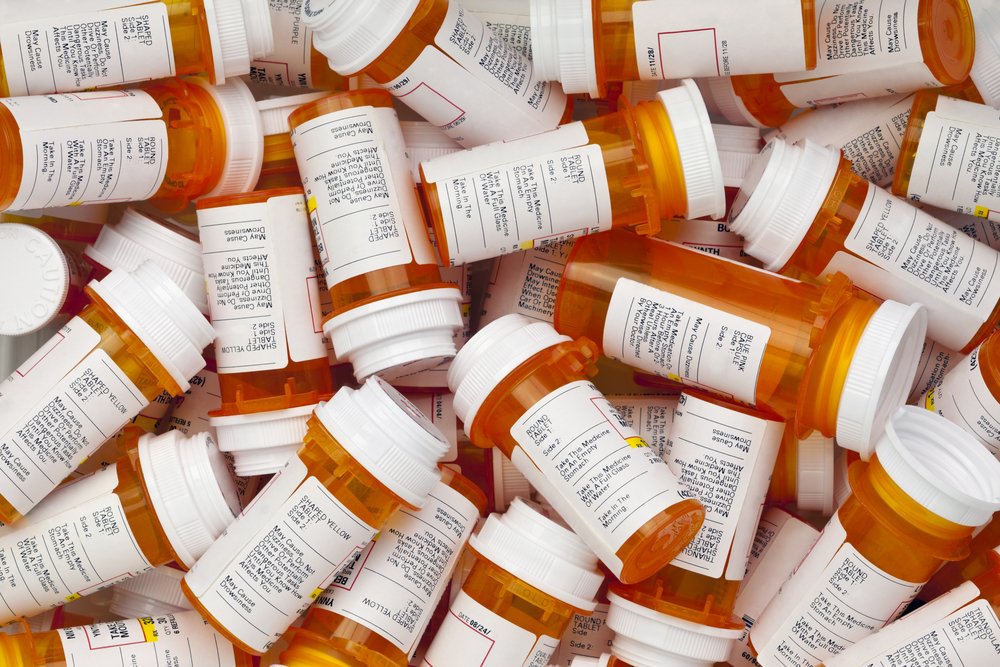In the world of addiction, there may be no bigger story than the American opioid crisis currently ravaging massive swathes of the United States. Deaths by overdose numbered over 59,000 last year, and that number looks set to rise if huge preventative steps are not taken. Surprisingly, President Donald Trump has erred from the traditional rhetoric on drug addiction adopted by generations of US politicians – dating back to Reagan’s so-called “War on Drugs” – where, rather than treating people with compassion and adopting preventative measures, tougher sentencing and harsher punishments were brought in as a deterrent. Considering that over one hundred Americans die of a drug overdose every day, that approach seems to have failed abysmally. In response to this escalating public crisis, and the innumerable public harms related to an addiction epidemic on such a scale, Donald Trump declared the opioid addiction epidemic a public health emergency under recommendation from Governor Chris Christie.
So what exactly does the Trump administration plan to do? One suggestion was an early intervention campaign: “This was an idea that I had, where if we can teach young people not to take drugs, it’s really, really easy not to take them.” Early intervention is a vital step in containing and reducing the harms related to any addiction epidemic, but doing so is simply not enough. Another action will be expanding access to medical services in rural areas, which are disproportionately affected by the opioid crisis.
One thing the Trump government has got right in this scenario, however, is treating this as a health issue rather than one of criminality. Changing the rhetoric surrounding addiction and those afflicted by it is the first step toward enacting positive, effective change in our society. The United States government must follow the example set in Australia, Iceland, and Portugal, and enact immediate harm minimisation strategies (such as our pioneering safe injecting centres and needle exchange) to begin saving lives. Currently, Narcan, the medication used to revive people in the grasp of opioid overdose, costs around USD$50 per dose. Federal funding and provisions of Narcan to paramedics, doctors, and hospitals is one way to stem the tide of those overdosing and leaving orphaned children and bereaved families in their wake. How this would be affected by the Trump administration’s repeated systematic attempts to dismantle Medicaid and the Affordable Care Act remains to be seen, although common sense would dictate that, to save lives and reduce harm to the community, reducing the cost of vital life-saving medicine should be a priority.
SMART Recovery Australia firmly believes in harm minimisation principles, and in early intervention. Harm minimisation, simply put, means keeping people alive. In practical terms, that means safe needle exchanges and pill testing kits to help prevent overdose and the transmission of preventable diseases. You can’t save someone from their addiction if they’ve passed away.
It’s gratifying to see addiction being acknowledged as a health and social issue, but the United States, like many other countries, still has some way to go in changing the attitude around addiction. How the US government plans on using its resources to combat the opioid crisis will likely have a sizeable ripple effect, ranging from the legal system to hospitals, police forces and, of course, SMART Recovery in the USA.


